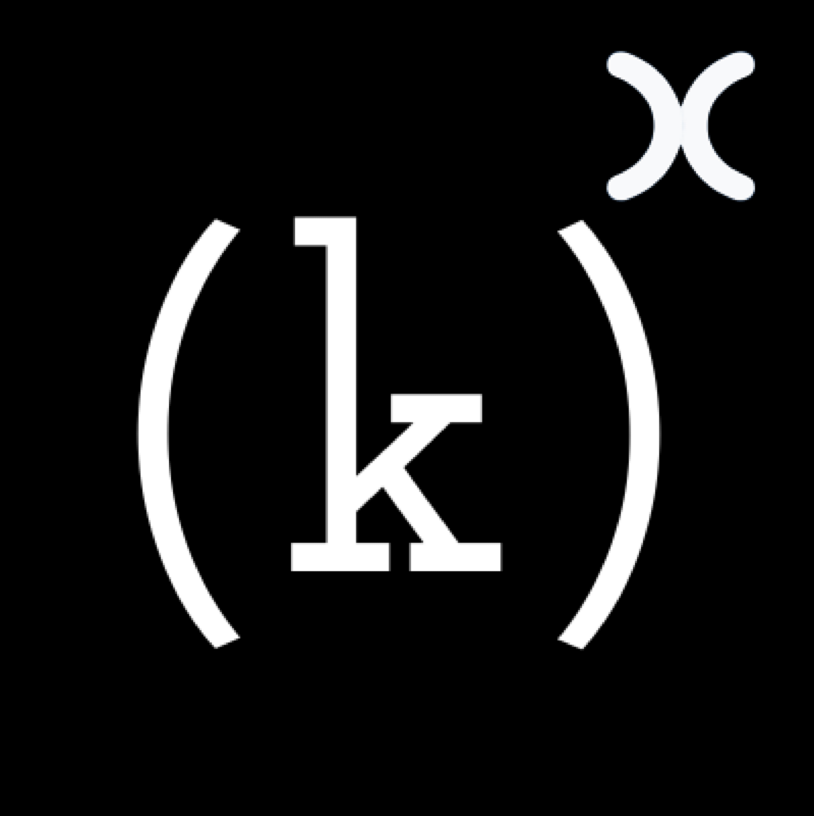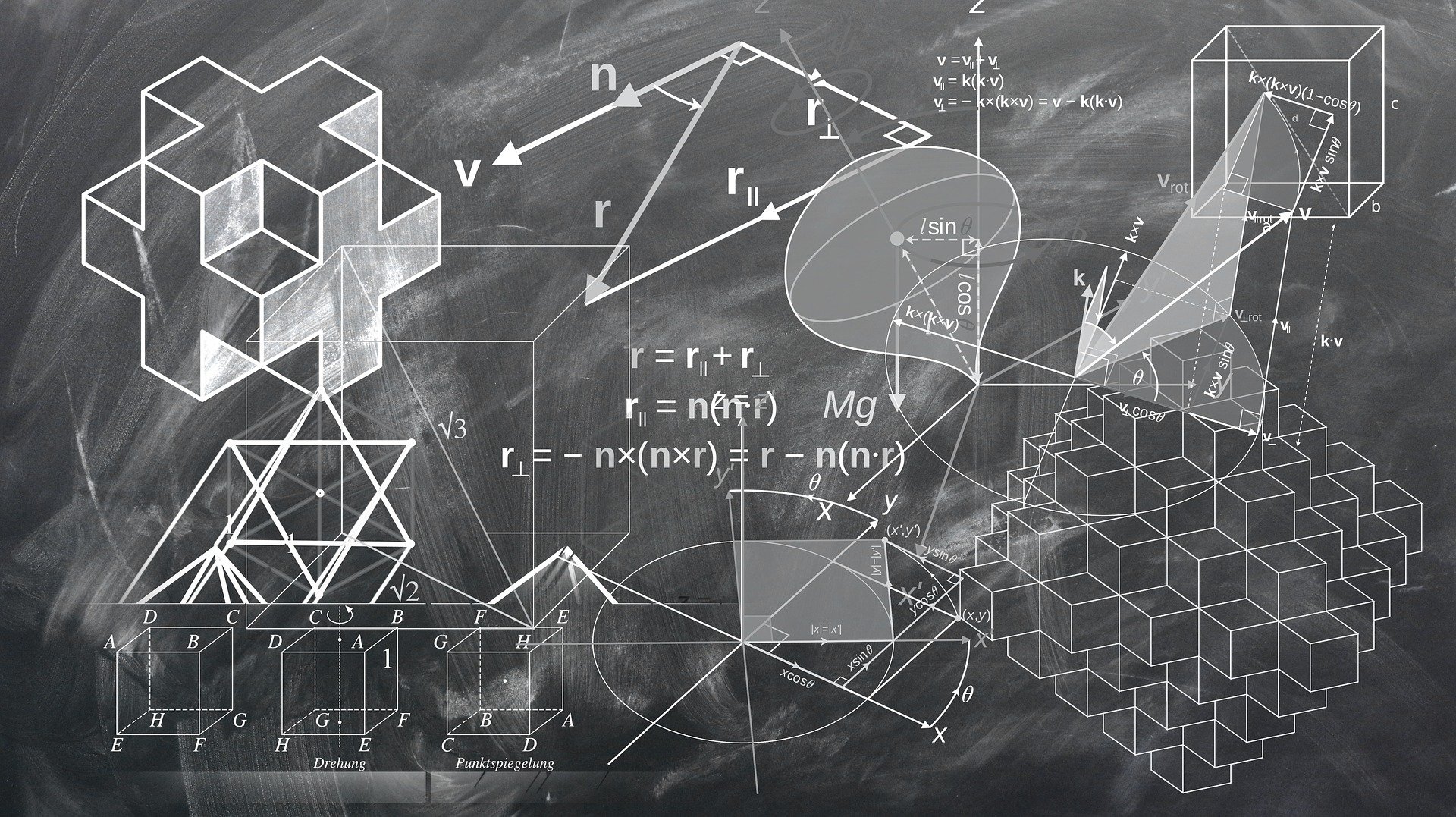Large Language Models (LLMs) are deep learning systems designed to process and generate human-like language. They use advanced neural architectures to analyze and create text with notable accuracy. LLMs typically rely on the Transformer model, which excels in handling large datasets and capturing relationships within text using techniques like attention mechanisms. This document covers the architecture of LLMs, including Transformers, embeddings, and the latest advancements enhancing their capabilities.
1. Core Architecture of LLMs:
- The Transformer
The foundational architecture of most LLMs is the Transformer, introduced by Vaswani et al. in 2017. Transformers utilize self-attention, allowing models to process entire text sequences simultaneously rather than word-by-word. Key components include:
- Embedding Layer: Converts text into embeddings that represent each word or subword, carrying both syntactic and semantic information. Vocabulary size and embedding dimensions significantly influence language understanding.
- Positional Encoding: Helps the model capture word order by adding position-based encodings to each token’s embedding.
- Self-Attention Mechanism: Allows the model to weigh each word’s relevance to others. Multi-head attention, which involves multiple attention heads, helps capture different relationships in the text.
- Feedforward Neural Network: Applied to each token independently after attention, enhancing expressiveness by capturing complex relationships.
- Layer Normalization and Residual Connections: These techniques stabilize training, preserve information across layers, and support the learning of intricate patterns.
In models generating text, the decoder predicts the next token in the sequence, following the encoder’s structure and generating coherent, context-aware text.
2. Advanced Aspects and Enhancements in LLMs
A. Scaling and Parameter Efficiency
- Scaling involves increasing model size, training data, and compute resources. However, increasing parameters alone has diminishing returns, so data quality and fine-tuning are also critical.
- Parameter Efficiency: Methods like sparse attention and mixture-of-experts use a subset of parameters during inference, reducing computational needs without compromising performance.
B. Training Techniques
- Pre-training and Fine-tuning: LLMs pre-trained on extensive text data capture broad language understanding, while fine-tuning with specific data enhances task-focused performance.
- Transfer Learning and Zero-shot Capabilities: LLMs excel at transfer learning, applying pre-trained knowledge to new tasks. Zero-shot learning, where the model handles tasks without prior examples, arises from large-scale training and architectural refinements.
C. Advanced Attention Mechanisms For handling longer sequences, advanced attention mechanisms include:
- Sparse Attention: Focuses only on relevant tokens, reducing memory needs for longer texts.
- Memory-Augmented Transformers: Use external memory to retain information across sequences, aiding context retention over extended text.
- Hierarchical Attention: Operates at various text levels (paragraph, sentence, word), effectively capturing broader context.
D. Enhanced Context Understanding
- Prompt Engineering: By carefully structuring inputs, users can optimize LLM output for specific tasks.
- Reinforcement Learning from Human Feedback (RLHF): Models like ChatGPT use RLHF to align responses with human preferences, refining response quality.
3. Ethical and Computational Considerations
A. Ethical AI and Bias Mitigation
- LLMs can inherit biases from training data, so researchers focus on reducing biases to ensure fair outputs. Techniques like counterfactual training and fairness constraints are integrated into development.
B. Efficient Training and Deployment
- Training LLMs requires substantial computational power. Distributed training and model parallelism help reduce costs, improving accessibility.
C. Explainability and Transparency
- LLMs can be challenging to interpret. Research into model interpretability aims to clarify factors influencing outputs, particularly in fields like healthcare and finance.
4. Applications and Future Directions
- LLMs are used across industries for tasks like customer service automation and document summarization. Future advancements may include smaller, specialized LLMs and multimodal models that process images, audio, and text. LLMs showcase AI’s language capabilities, with ongoing developments making them increasingly central to fields like automation and creative applications.
Enhanced architectures and training techniques continue to unlock new potentials for AI in understanding and generating language.

